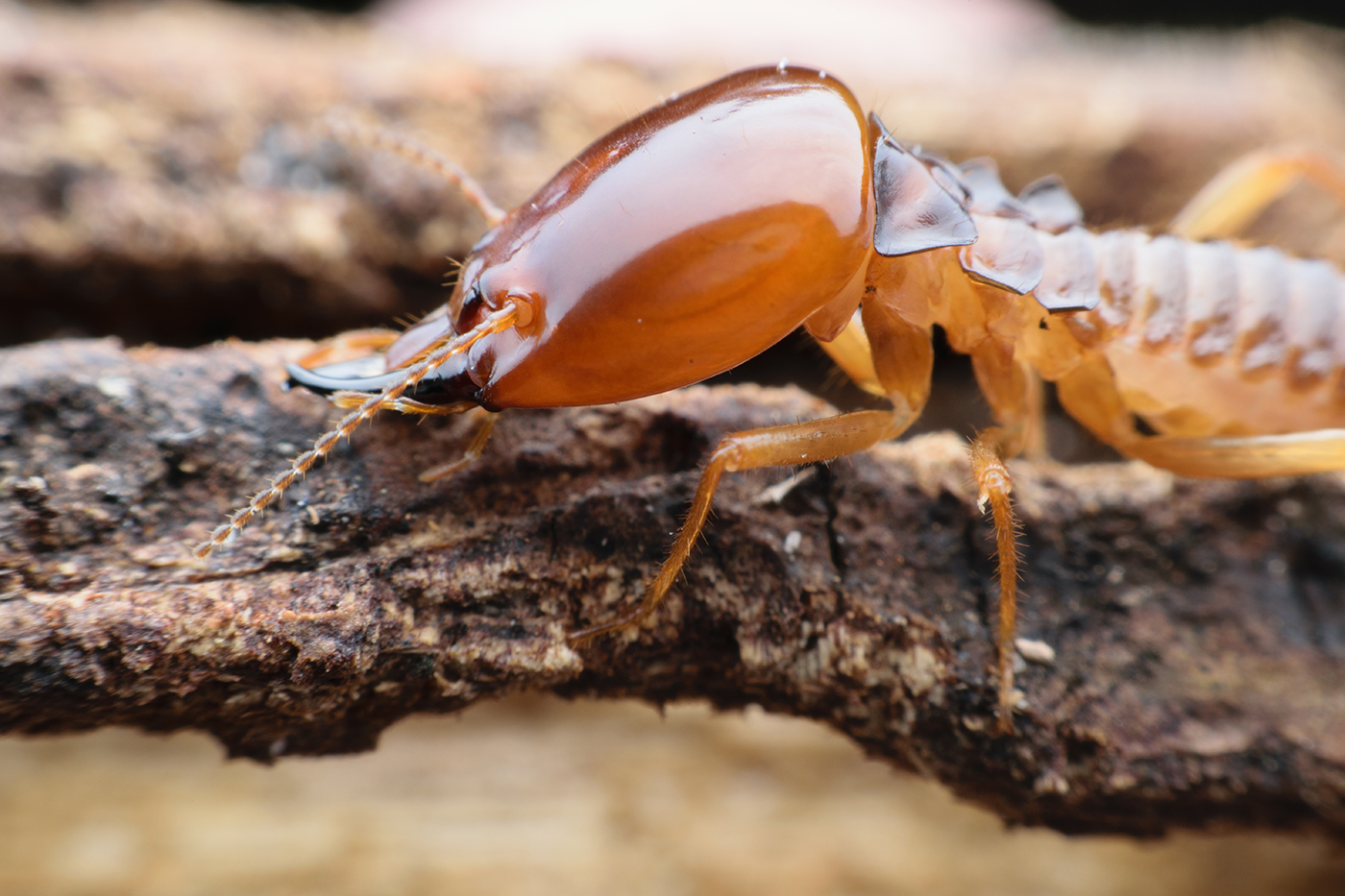Termites are among homeowners’ worst nightmares. They aren’t just nasty little pests that make your home dirty – they can tear through your home’s materials, damaging your property and making your home less safe for your family and guests. Taking proactive measures can help you keep termites out of your house. Follow the advice stated in this blog.
WHAT HELPS TERMITES TO THRIVE?
Termites require moisture and food to survive. They seek out wood, objects that contain cellulose and moist areas. Fair chances are, your home might be providing a good source of food and moisture to them, which might eventually invite thousands and quickly turn into Termite infestation.
Termites cannot just eat your property, but your wallet too. Regular inspections can help to protect your home from termites’ infestation by lessening the favourable conditions around your house that make them thrive.
Here’s the list of conditions that draw termites to your house and allow them to thrive:
MOISTURE
Termites need moisture to thrive. Moisture is the primary factor to attract termites to your home. You may not think that your house is a source of moisture, but there can be small leakage that you are not aware of. Any water leakage problem in bathrooms, under the slabs or against the walls outside can draw in termites.
It is, therefore, crucial to have a thorough check of your property inside out for any signs of moisture, plumbing leaks and to make sure that you have adequate ventilation.
Water dripping from the overflow pipes of air conditioners can also be a significant source of built-in moisture which will surely invite termites over a period of time. We highly recommend plumbing air conditioners into your downpipes and direct them into the stormwater instead of the ground.
ORGANIC MATERIALS
Termites are attracted to the organic materials in and around your home. You can’t do anything the wood present in your house. But you can keep other organic materials away from your home, such as organic mulches. The unprocessed organic mulch around your house can be a significant factor to attract termites. Sometimes dumping newspapers, cardboards, scrap wood, large shrubs along with mulch around your home might prove to worsen the situation even more. Doing such, you are providing a very favourable moist environment and food to the termites and also showing them easy entry to your home through the weep holes or cracks within the concrete slabs. It is recommended to keep organic mulch away from your home so that the termites will not be tempted to step ahead towards your home.
Make sure to store firewood, timber or wooden furniture in a place that doesn’t come into contact of your house. Many at times these items been left in storage, become infested with termites without homeowners even realizing it.
There are cases where the homeowners who live in raised homes, store the leftover offcuts from the deck repairs or fencing below it, which in turn provides a convenient source of food for the termites.
CLIMATE
Warm and humid areas of the world are more likely to attract termites than cold areas. That means that the interior of the building will also become more attractive to termites if you live in a colder region of the country. Termites thrive in conditions where there is a lot of lush vegetation. Vegetation will attract termites because of the moisture in the soil. If you live in a climate where it is easy to grow vegetables or flowers, you might also end up attracting termites as well. To control these pests, clear any tree branches that fall around the home, and keep your bushes and shrubs trimmed.
AVOID BEING AT RISK
The confirmation and eradication of Termites requires a trained professional and If you suspect you have termites and want to know for sure contact us, or ring our Melbourne based team on 9555 5922 or email info@termitesolutionsvictoria.com.au
Find out more about us on the Handyman Reviewed list of 8 Best options for pest Control Services in Melbourne.
If you are buying a home or investment property, we can provide the pest inspection and we recommend Jim’s Building Inspections for a Building Inspection report.



